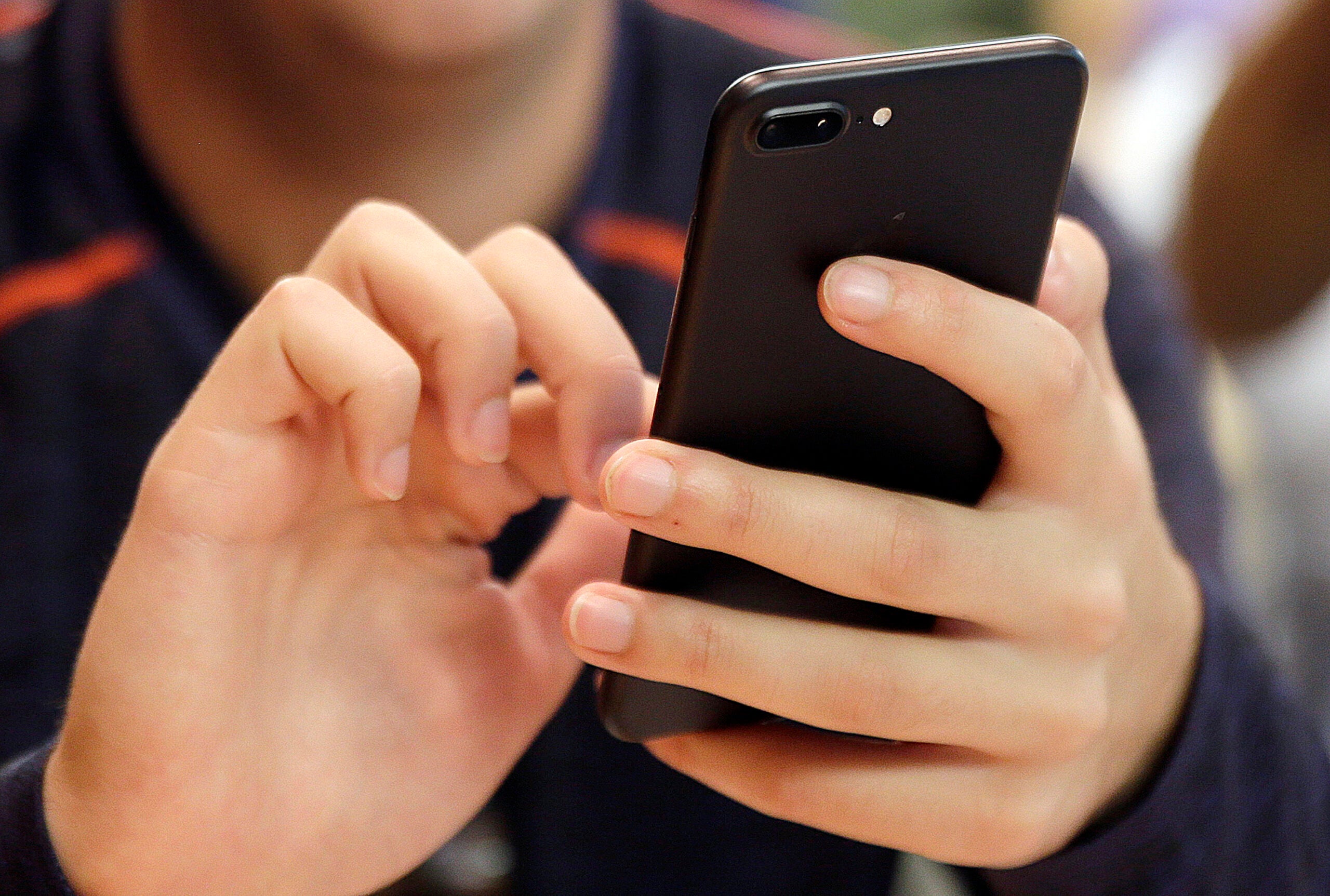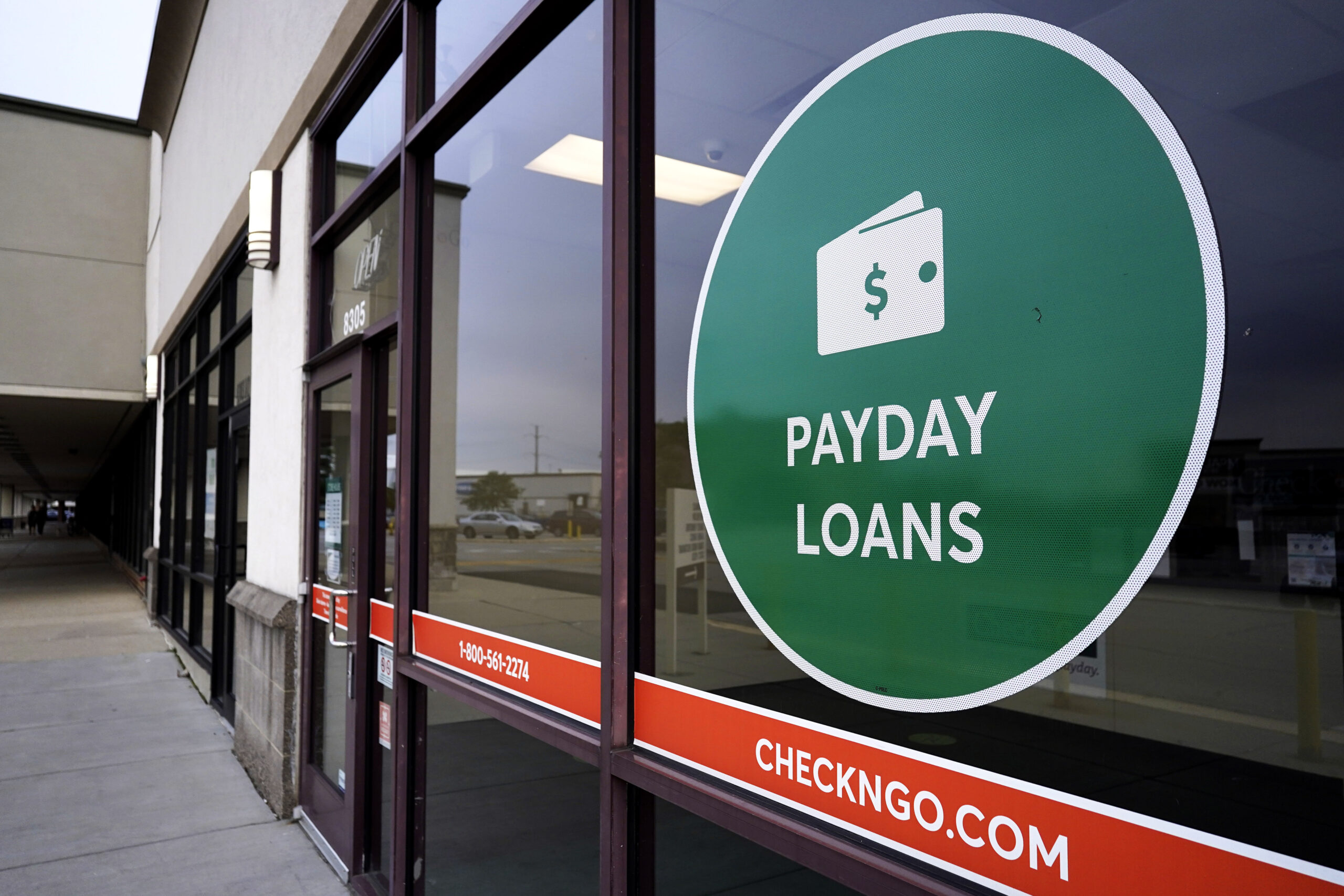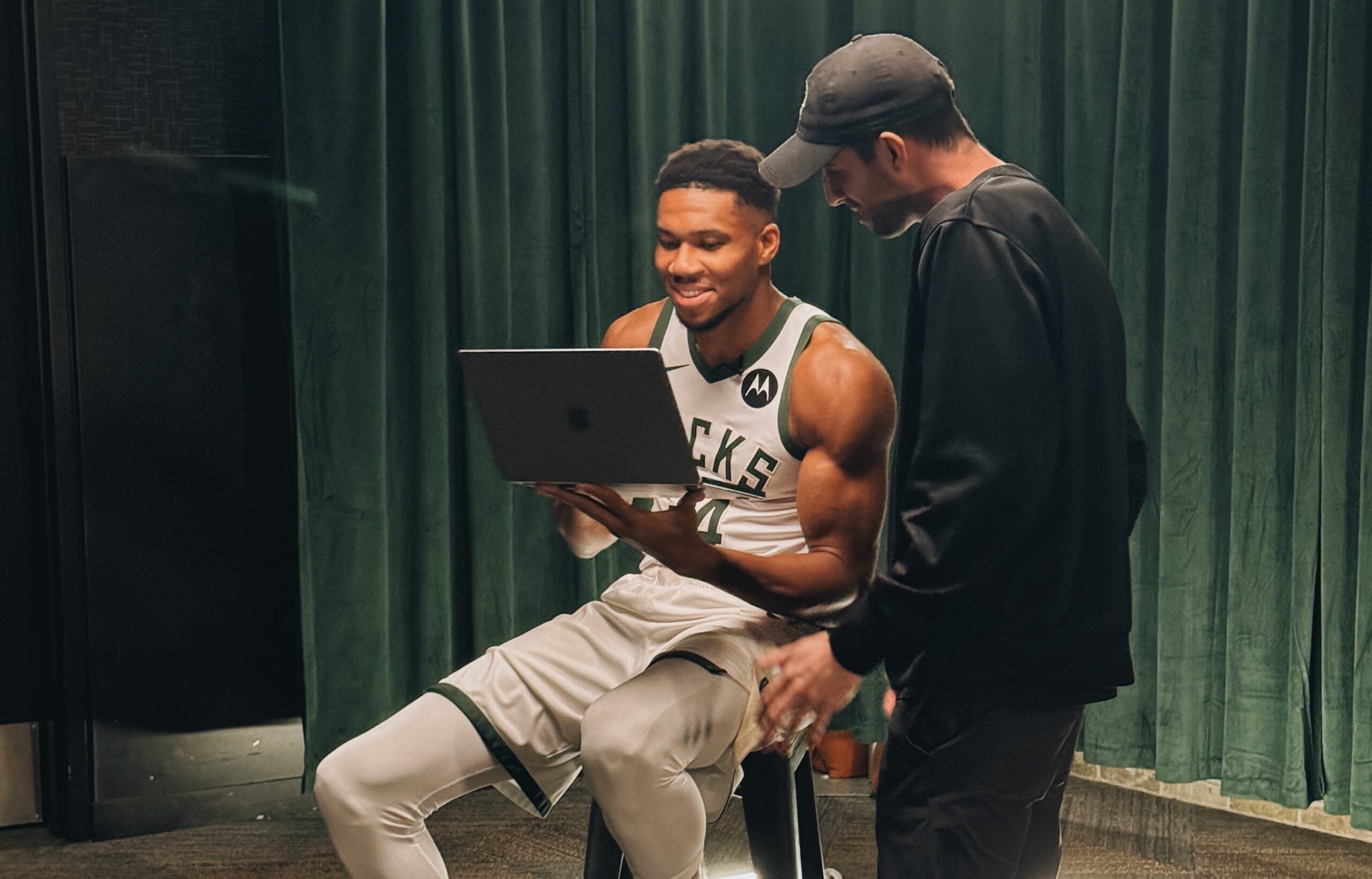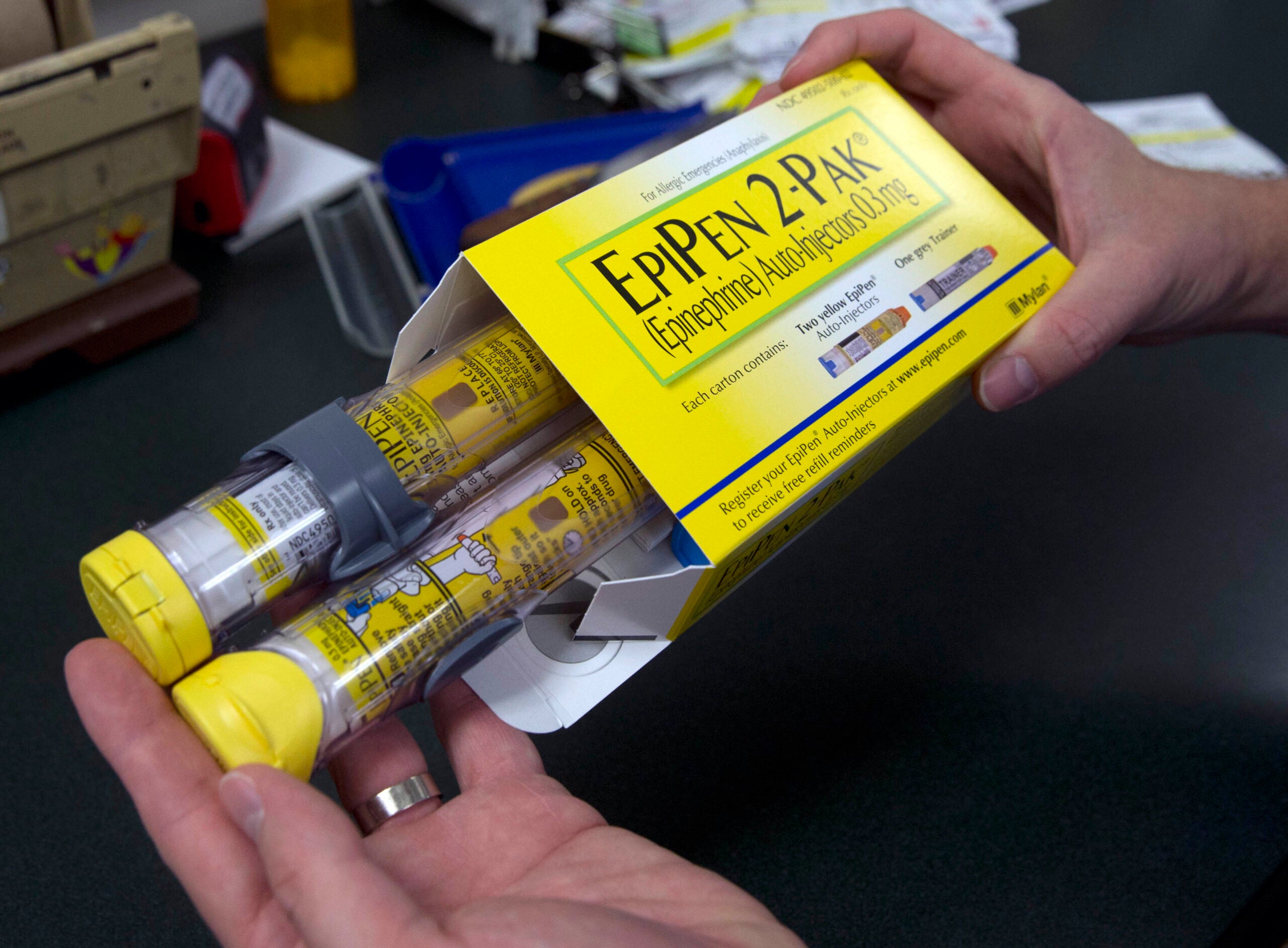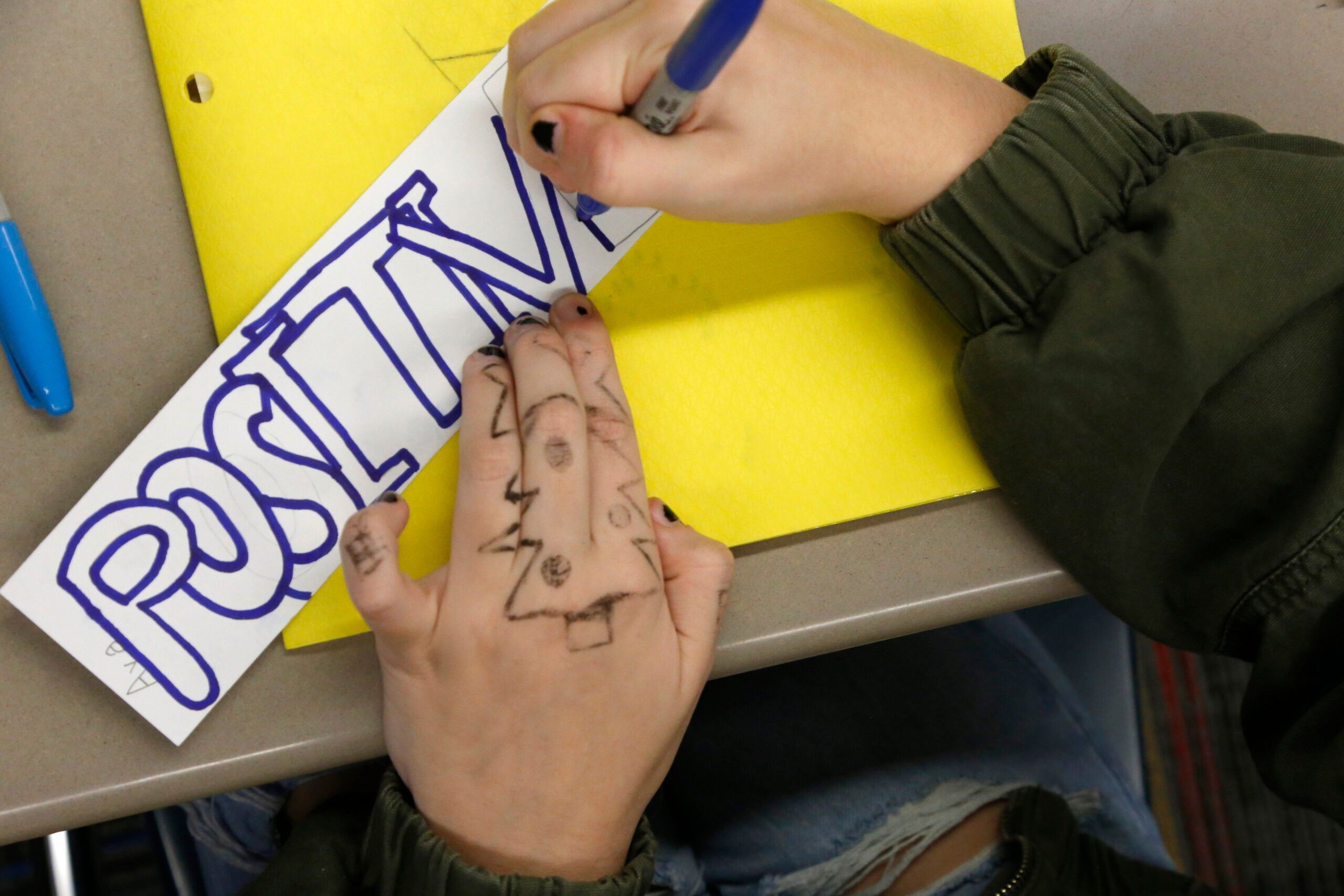Last week, the U.S. Senate passed two bills 91-3 which would further regulate how social media users younger than 17 are able to use certain platforms. The bills would require social media companies to give guardians more control over how minors use sites like Instagram or Facebook.
This comes after U.S. Surgeon General Vivek Murthy penned an essay for The New York Times in June calling for a warning label to be placed on social media platforms.
Dr. Ellen Selkie is a pediatrician and an assistant professor in the Department of Pediatrics at UW-Madison. She is the head of the Learning More From Adolescents Online Lab, a research group which looks at both the risks and benefits of social media to adolescents. Dr. Selkie said there can be benefits that come with these platforms.
News with a little more humanity
WPR’s “Wisconsin Today” newsletter keeps you connected to the state you love without feeling overwhelmed. No paywall. No agenda. No corporate filter.
“What we hear from LGBTQ+ kids that we do research with, is that social media can be a really important source of support in many ways for them,” Selkie told WPR’s “Wisconsin Today.”
Dr. Selkie explained what research currently shows about the relationship between teens and social media, as well as how parents or guardians can talk to kids about how to responsibly use these platforms.
The following was edited for clarity and brevity.
Rob Ferrett: U.S. Surgeon General Vivek Murthy saying earlier this summer, there ought to be a warning label on social media platforms, warning parents, this could damage the mental health of teens. What do you think about that concept?
Dr. Ellen Selkie: When I was reading Dr. Murthy’s editorial about this topic, he said that there are other precedents in public health for putting warning labels on things that we think might be dangerous and that maybe — even if we don’t have all of the information about a topic — we should still consider it if it’s dangerous enough.
In terms of the connection between social media and adolescent mental health, I think there are some clear areas where we have seen that aspects of social media can be detrimental to mental health. And I think there also are a lot of factors that have contributed to the decline of mental health in adolescents over the last few years. And so I think that the motivation behind the warning label is grounded in some important facts and research. And at the same time, it remains to be seen what the actual effect of that (warning label) would be.
RF: You are at the Learning More From Adolescents Online Lab. Are there particular things you warn parents and teens about with social media?
ES: When I’m in with a patient and talking to them and their parents about their social media use, some of the things that I asked folks to pay attention to is what social media is potentially taking the place of. And is that thing that is taking the place of something that is important for your health?
So for example, sleep is a big thing. We know that using phones in bed can, for a lot of kids, prolong the amount of time that they’re awake. If you have a lot of notifications on your phone, it might contribute to you waking up in the middle of the night. And we know that sleep is so important for so many dimensions of mental health and physical health.
RF: Are there things you’d like to see either from the owners of social media platforms or government regulation to slow down the flow of negative social media content that could be harmful to mental health?
ES: There are definitely some design modifications that can help protect adolescents but also give adolescents agency to make decisions and explore without being pushed down rabbit holes.
For example, algorithms that present content with sort of variable levels of user input or safety features to limit harassment. Those are some definite design choices that are responsibilities that tech companies should have to consider in terms of safe design for their platforms.
The U.S. Senate (recently) passed the Kids Online Safety Act, which addresses a lot of these things from a design tech design standpoint.That’s going to the House next, but I’m pretty excited about that legislation. I think it’s been very thoughtful in terms of thinking of the role of the industry, and not just putting all of the burden of managing this on kids and their parents.
RF: How do you suggest families approach talking about how to limit or restrict social media use?
ES: I think there’s multiple dimensions to this.
I think the most important thing for families, caregivers and teenagers is to have this be a shared conversation. I think what we have seen — not just with social media but with other sorts of things — is that if you completely unilaterally say, “you’re not doing this, I’m taking it away,” that doesn’t tend to go well, in terms of the level of trust between teens and caregivers. But also their willingness to participate in that activity. We think about some of the programs that have taught kids about substance use, for example, and we know that an absolute no is not always the best way to approach kind of behaviors like that.
I also think that for caregivers, reflection on yourself and your own media habits is important too. Role modeling for caregivers, which will ultimately help your health as a caregiver too, right? If you’re not able to put your phone down at bedtime, and you’re losing sleep because of that, I think that for your own well being but also for role modeling for your child, that can certainly be helpful.
Wisconsin Public Radio, © Copyright 2025, Board of Regents of the University of Wisconsin System and Wisconsin Educational Communications Board.

